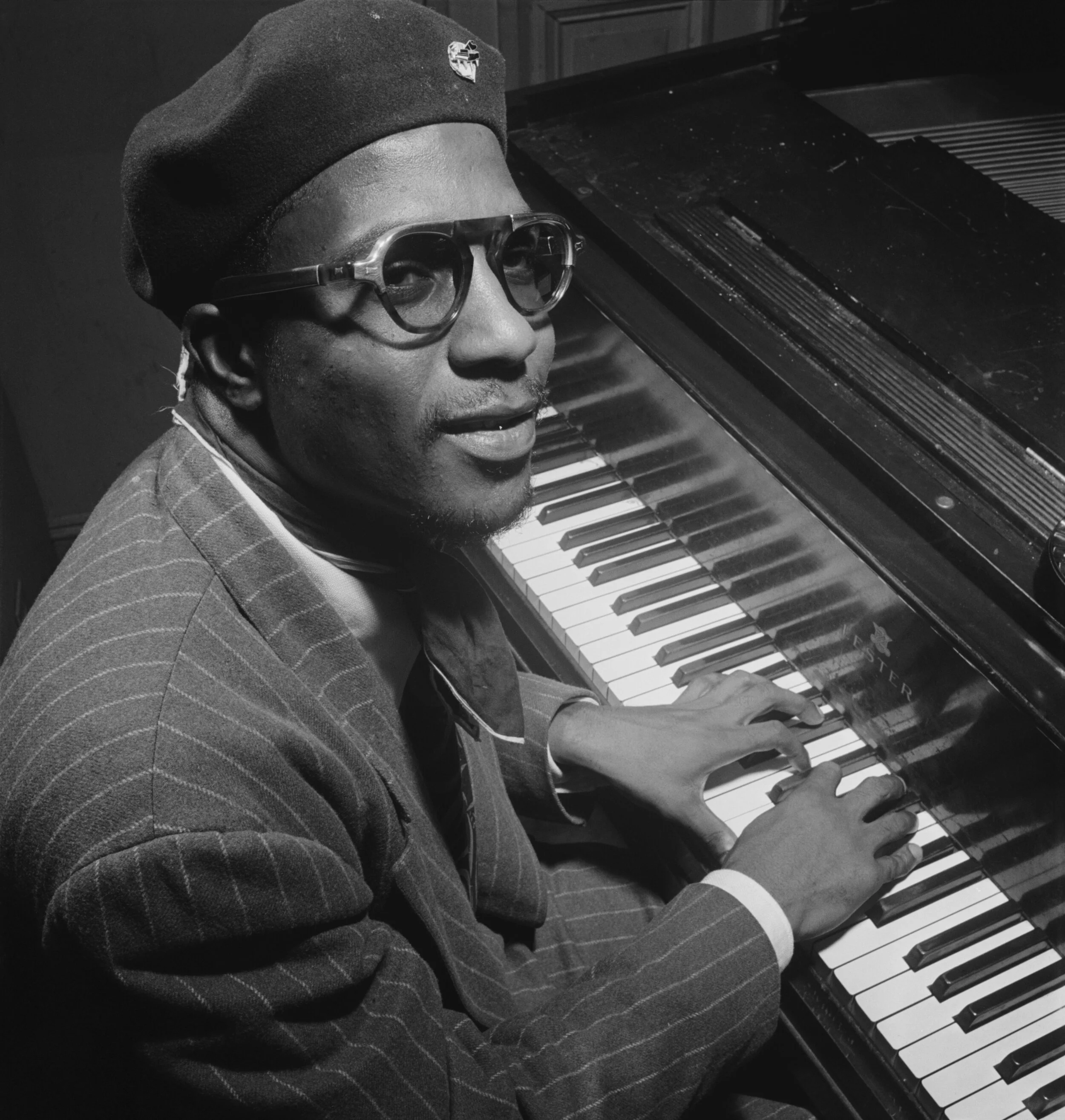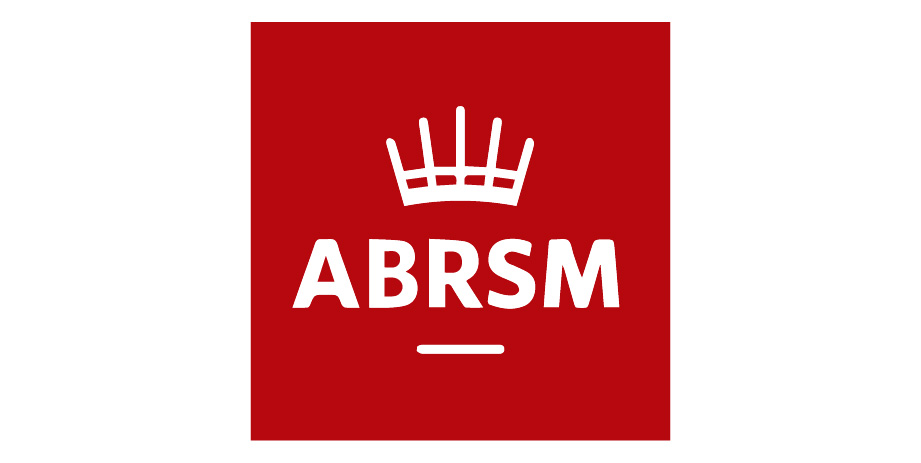Every piano student will encounter scales at some point in their education, and while there isn’t necessarily a definitive path to learning them, today I aim to provide some guidelines that will be useful to pianists of all abilities.
Festivals: A Unique Opportunity
Public performances usually take place in the form of concerts. At the other end of the scale are graded music exams, which are played only to an examiner and no-one else. Festival classes are a halfway point between the two; they are played to and judged by a professional adjudicator, however there will also be a small audience there to watch and listen.
Aural Tests: Learn to be a Good Listener
What is exactly is meant when we talk about good musicianship? While your mind may jump to an image of a virtuoso pianist in mid-concert, it is not the playing of the instrument that makes a good musician. Rather, the skills that we come to rely on begin at a very early stage, ideally from the very first lesson.
The reason why it is important to consider what skills make us good musicians, is that it is entirely possible to pass a Grade 1-3 aural test without any wider understanding of how these tests fit into the music-making process. The world of aural is much deeper and richer than is suggested by the tests alone, and students who are unable to appreciate this will inevitably struggle when progressing to higher grades.
Sight-Reading: Make every second count
From the moment the examiner places the sight-reading test in front on your music stand, you will have a grand total of 30 seconds to make sense of what is on the page. This may seem like an absurdly short amount of time, particularly for those sitting higher grades where candidates are presented with an entire page of music. If you know how to use those precious seconds then you will be able to set yourself up for success.
Improvisation
Though the benefits of improvisation are perhaps not as tangible as those of playing from a score, it is unquestionably one of the best ways to stimulate the musical mind. Many famous composers were gifted improvisers; Mozart, Chopin and in particular Bach to name just a few. A well-rounded musician may improvise in any key and in any style that he or she wishes to, yet it is a form of music that many do not dare explore.
Sound Production
The sound of a hammer hitting a string which is then amplified by the soundboard is the sound that every piano student must become tuned in to. Each time the strings of a particular note are struck they produce a spectrum of overtones that are unique to that particular piano. The ability to manipulate this sound is what sets the piano apart from the keyboard and the electric piano. More importantly, it is one of the greatest nuances of piano playing.
Building Piano Technique
What we call technique is the abilities that we have at our disposal to bring our musical ideas to life. It is really a very loose term encompassing the development of hand and bodily movements that will aid the musician. For the pianist, these movements include the strength, flexibility, coordination, independence and control of the fingers, hands and arm.
Tonality
When you look at a painting, what do your eyes perceive? What colours or shapes are they drawn to? Which part of the image do your eyes focus on, and what are they aware of in the periphery?
Now think what your ears perceive when you hear a piece of music and ask yourself the same questions. What colours come to mind? What shapes can they pick out? Which part of the music do the ears focus on and what can you hear in the background?
















